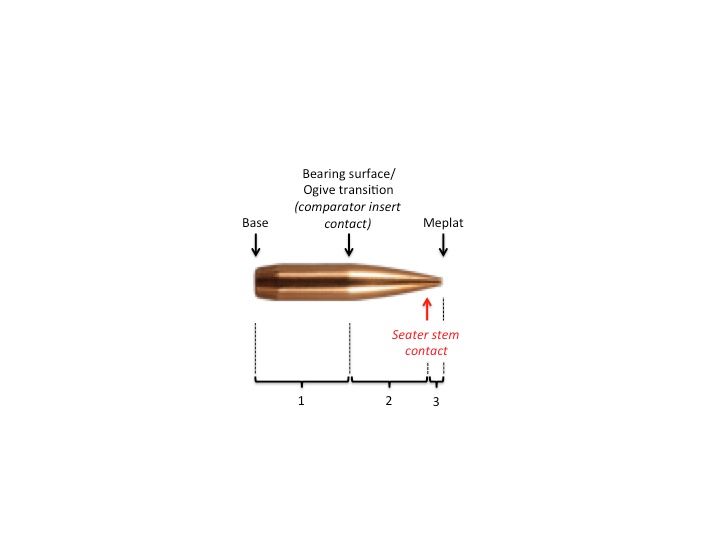I'm seeing +/- .002" to .003" difference in my seating depths (base to ogive). Seems like it shouldn't be that much. I'm loading 178gr a-maxbullets in 308 in lapua brass. I use a forster micrometer seating die. I'm not running a compressed load, but do notice that some bullets take much more force than others to seat. I also sometimes see a very small amount of copper shavings around the bullet. I'm using a Lee collet die with a .002" undersize mandrel. Maybe I should reduce my neck tension by .001" and look into taper crimping (loading for semiauto)? I'm wondering if this is contributing to some velocity variation.
Any ideas?
Any ideas?



